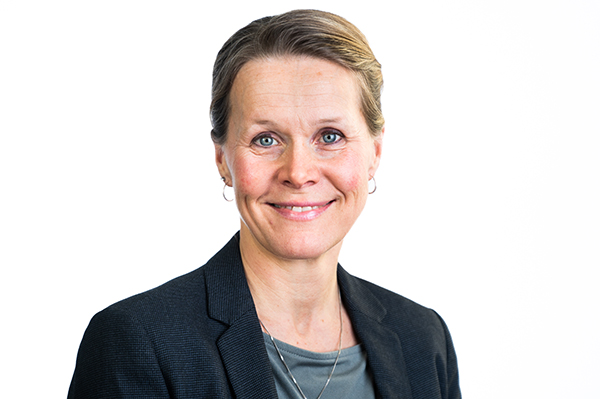Linköping University
Scalable synthesis of TiO2-based 1D-nanofilaments for efficient water remediation through photocatalytic degradation of emergent pollutants (dyes, antibiotics, fertilizers, and phenols)
Academic project
PhD
Open
Research question
This project hinges on solving scientific challenges in: i) controlling filament-based morphologies for long-term stability and property tuning, ii) tailoring of bandgap for efficient sunlight-driven photocatalysis, and iii) design of catalyst and Fenton reagent for efficient photo-Fenton processes. This will be accomplished by an interplay of theoretical modelling, synthesis development (including doping/intercalation), and advanced characterization (including investigation of pollutant degradation pathways). Ultimately, we target macro-scale properties of our materials in device demonstrators that can address current challenges for efficient water remediation.
Sustainability aspects
More than 80% of the wastewater produced globally is discharged back into rivers and seas without any treatment, with resulting pollutants in the form of, e.g., dyes, heavy metals, antibiotics, fertilizers, and other organic compounds that are very harmful to our ecosystem. The water cycle needs to be more efficient and sustainable, closely related to the UN Sustainable Development Goal (SDG) no. 6, clean water and sanitation for all by 2030. New materials and technologies for water remediation are urgently needed, where a particular focus should be on sustainable processing, circularity, and degradation – to make harmful pollutants harmless.

Linköping University
Johanna Rosén
Professor
johanna.rosen@liu.se
Explore projects under the WISE program
WISE drives the development of future materials science at the international forefront. The research should lead to the development of sustainable and efficient materials to solve some of today's major challenges, primary sustainability. On this page you can read more about our research projects.
Explore projects